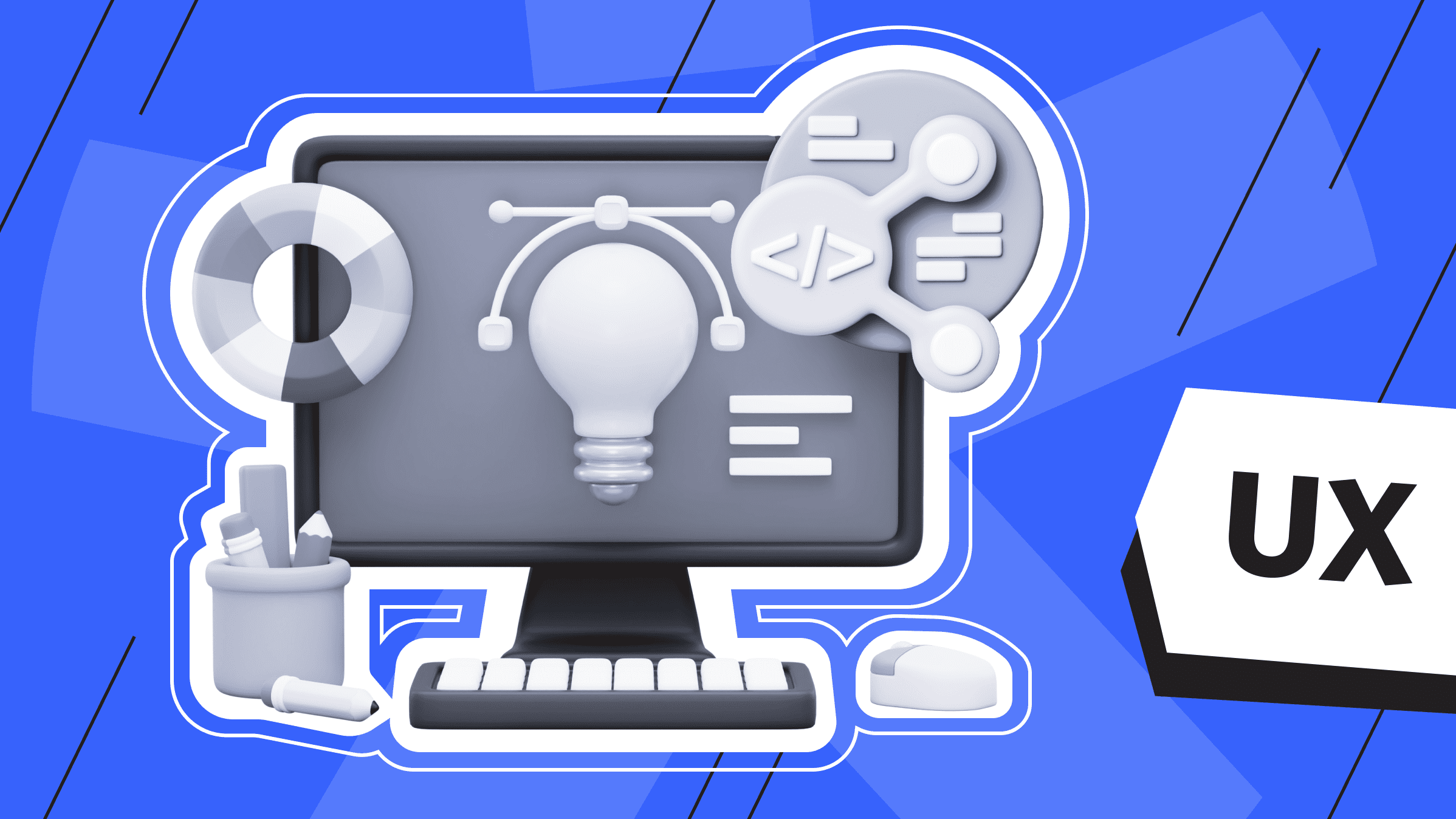
Planning is a necessary part of both commercial and non-commercial projects. With a properly constructed plan and work visualization of high quality, it is possible to achieve the goals in the most optimal way. The roadmaps help to do this.
What is roadmap?
A roadmap is a strategy for a project with milestones, timelines, and tasks. It allows a team, or several teams, to work together on the same project in the best possible way.
Remember that a roadmap is a visualization of a project's strategy, goals, objectives, and final results. Therefore, before its creation, you need to analyze your project, its values, goals, milestones, etc. A roadmap facilitates teamwork regardless of the complexity of the project.
There are the main elements of the roadmap:
- A timeline (you can divide the timeline into days, weeks, months, and quarters);
- Milestones (keep in mind that these shouldn't be detailed tasks);
- Benchmarks (you need to record intermediate results at specific points in time, as steps on the ladder of development);
- Employees (can be specific people, if the team is small, or departments).
In addition, the roadmap can prescribe the buffers for the stage (e.g. 土 2 weeks), the approximate result for each stage, the relationship between stages, the budget, etc. The description of additional attributes on the roadmap depends on the needs of the project.
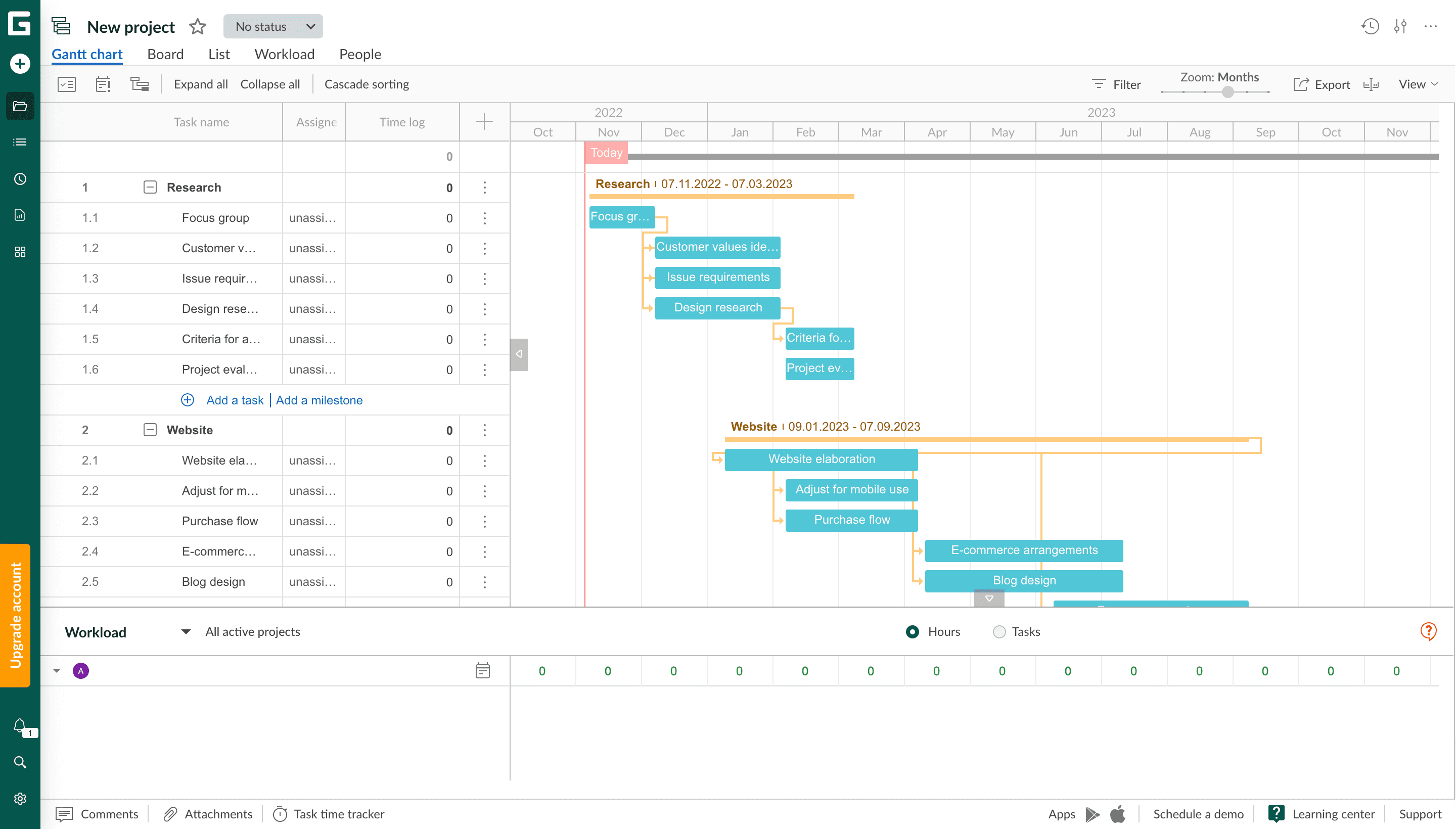
One of the characteristics of roadmap planning is its flexibility and adaptability to the current moment. For example, if you create a roadmap for a year, you need to revise it every 2-3 months to clarify timelines and add new milestones or checkpoints.
The relationship between actions or stages in a roadmap can be characterized as:
- finish-start (the second task may start only after the first task is finished);
- start-start (the second task begins no earlier than the first task);
- start-finish (the second task cannot be finished until the first task begins);
- finish-finish (the second task cannot finish before the first task finishes).
Most often, a project roadmap is built in the form of a Gantt chart. A Gantt chart can be a part building a roadmap in Excel, but the best option for complex projects is to choose a special service that displays not only the roadmap, but also a list of tasks, a calendar of tasks, a Kanban board, etc. Project roadmap in Excel can also be made by your own.
In addition to the roadmap as part of project planning, you also need to prepare the project plan, budget, etc.
Roadmaps in Agile and Waterfall
Waterfall is a product development methodology according to which the process of work can be characterized as a flow.
The roadmap in Waterfall involves a distinct sequence of stages. That is, there is no opportunity to return to the previous stages. Also, the Waterfall roadmap assumes completion within 1 or 2 years and is limited in flexibility.
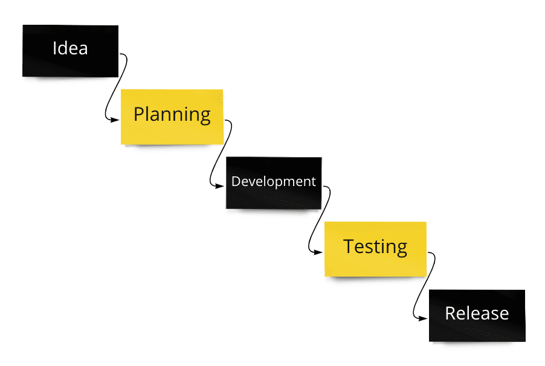
Agile is a product development methodology, according to which the work process is divided into small (2-3 weeks) cycles to solve a series of short-term tasks.
An Agile roadmap, which involves splitting the work process into sprints, is considered more flexible. Most often, this kind of roadmap is made each quarter.
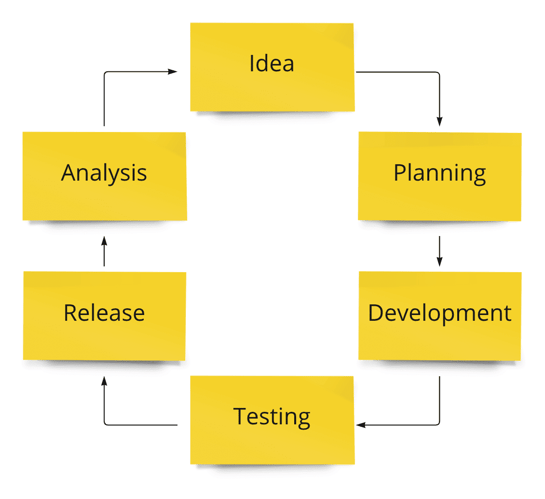
What are roadmaps used for?
Roadmaps can be built according to the target audience:
- For developers;
- for investors;
- for clients;
- for project owners.
In this case, each target audience has its own expectations about the implementation of the project. So, the roadmap should include the stages that will be understandable and necessary for a particular audience. Then anyone with access to the roadmap can find out what work the team is doing at a certain point in time.
What are the benefits of the roadmap?
- You don't have to keep a project development plan in your head;
- Each team member has access to the roadmap;
- You can evaluate performance by deadlines, specific milestones, and results at checkpoints;
- Roadmap planning involves searching for and finding the best way to implement the project;
- Forecasting happens with flexible deadlines, but so that you can predict the approximate work result.
Now we are talking about the roadmap for projects and products, but it can also be used for personal purposes. For example, to learn a new skill, a programming language, to promote a personal brand, etc.
Pros and cons of a roadmap and differences from a plan
The project roadmap and its plan are indeed similar, but we can clearly distinguish the differences:
- A roadmap isn't as detailed as a plan. That is, in the plan, we will prescribe the stages, tasks and subtasks, while in the roadmap, there are only the main stages;
- A roadmap for business is a visualization of the work with deadlines. A plan is clear and step-by-step instructions;
- In the roadmap, we see which tasks are performed in parallel, which tasks have a finish-start / start-start / start-finish / finish-finish relationship.
The project roadmap, unlike the product roadmap, contains project goals and objectives, workforce, timeline, potential risks, etc. Such a map allows you to focus on the set deadlines for achieving specific project results. It is most often prepared by a project manager or project team.
A product roadmap focuses on product features, vision, development strategy and initiatives, goals, benefits, total time to create the product, and efficiency metrics. Such a map can be created by a product manager or by cross-functional teams (engineers, marketers, designers, etc.)
Product and project roadmaps should be informative so that all interested parties can track the development.
Services for creating a roadmap
You can build a roadmap in spreadsheets, PowerPoint, and other similar programs. Templates for roadmaps can be found on the Internet, or you can create your own map from scratch.
If you're already using project management services, such as Jira, ClickUP, GanttPRO, etc., most of them allow you to build a roadmap based on your current tasks.
An alternative to tables and presentations are modern services, specialized for creating roadmaps and not only:
- Roadmap Planner (Goals)
14-day trial version, many templates to build charts and graphs (the roadmap is presented as a Gantt chart). The service supports the simultaneous work of an unlimited number of users.
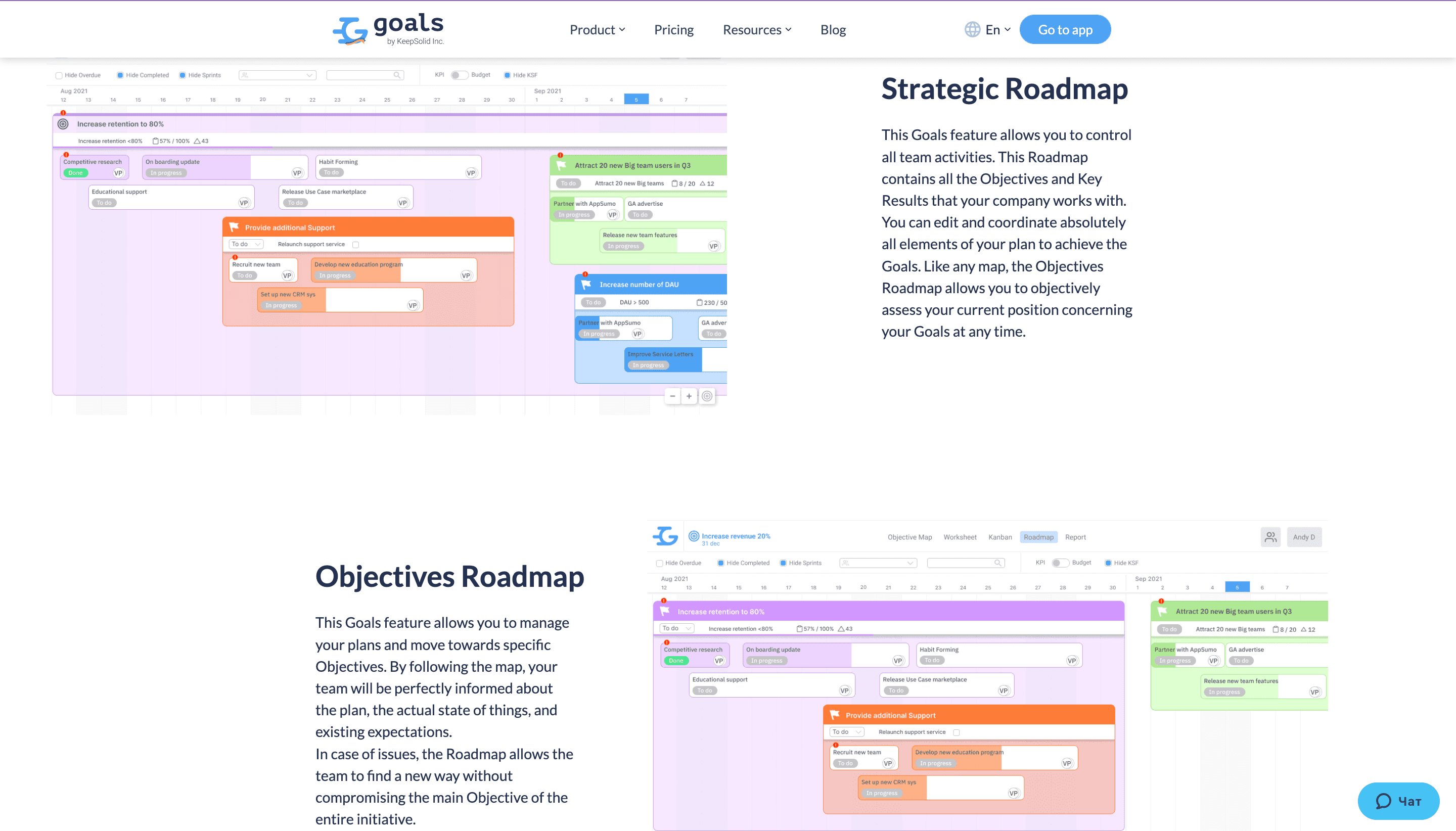
Project management service with a 14-day free period, project visualization templates, reporting and efficiency analytics. Export to png, pdf, xls; import from Excel, MS Project, and Jira. The service has integrations with Jira, Slack, and Google Drive.
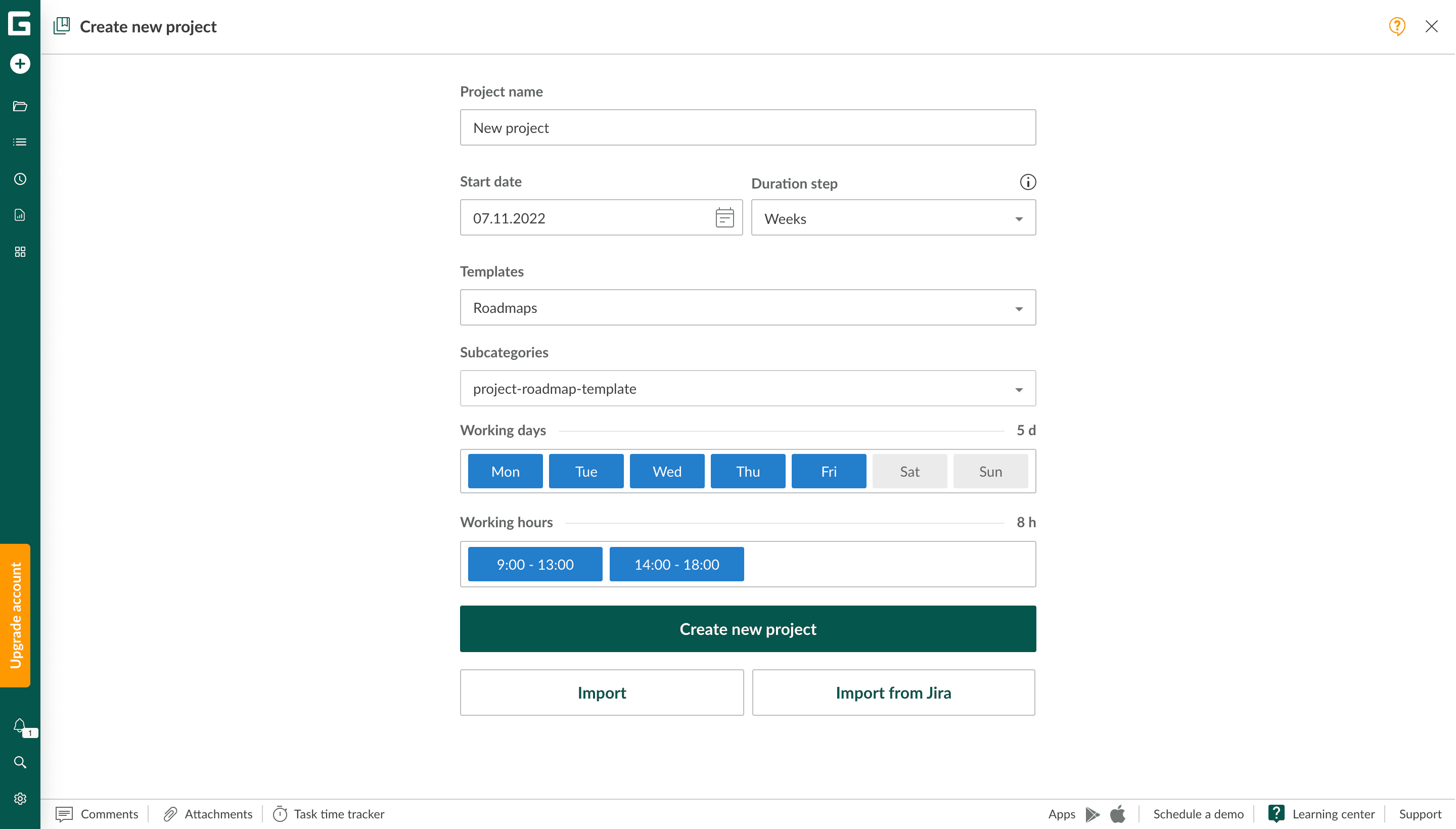
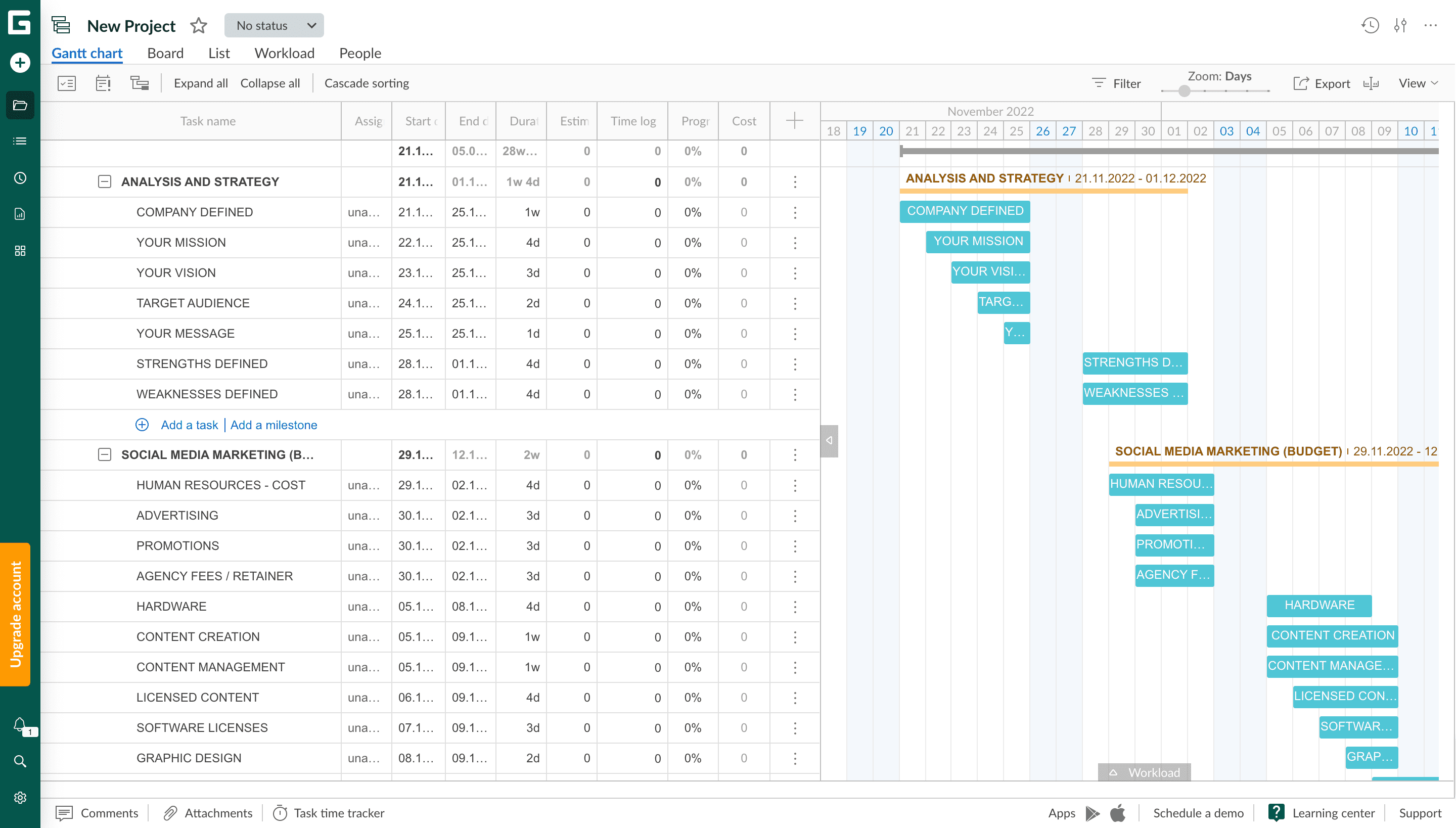
Different versions of roadmap building, project management with task setting are available. The paid version (free access - 14 days) offers csv and xls import, xls export. The service is integrated with Jira, GitHub, Pivotal Tracker, Trello, GitLab, Azure DevOps.
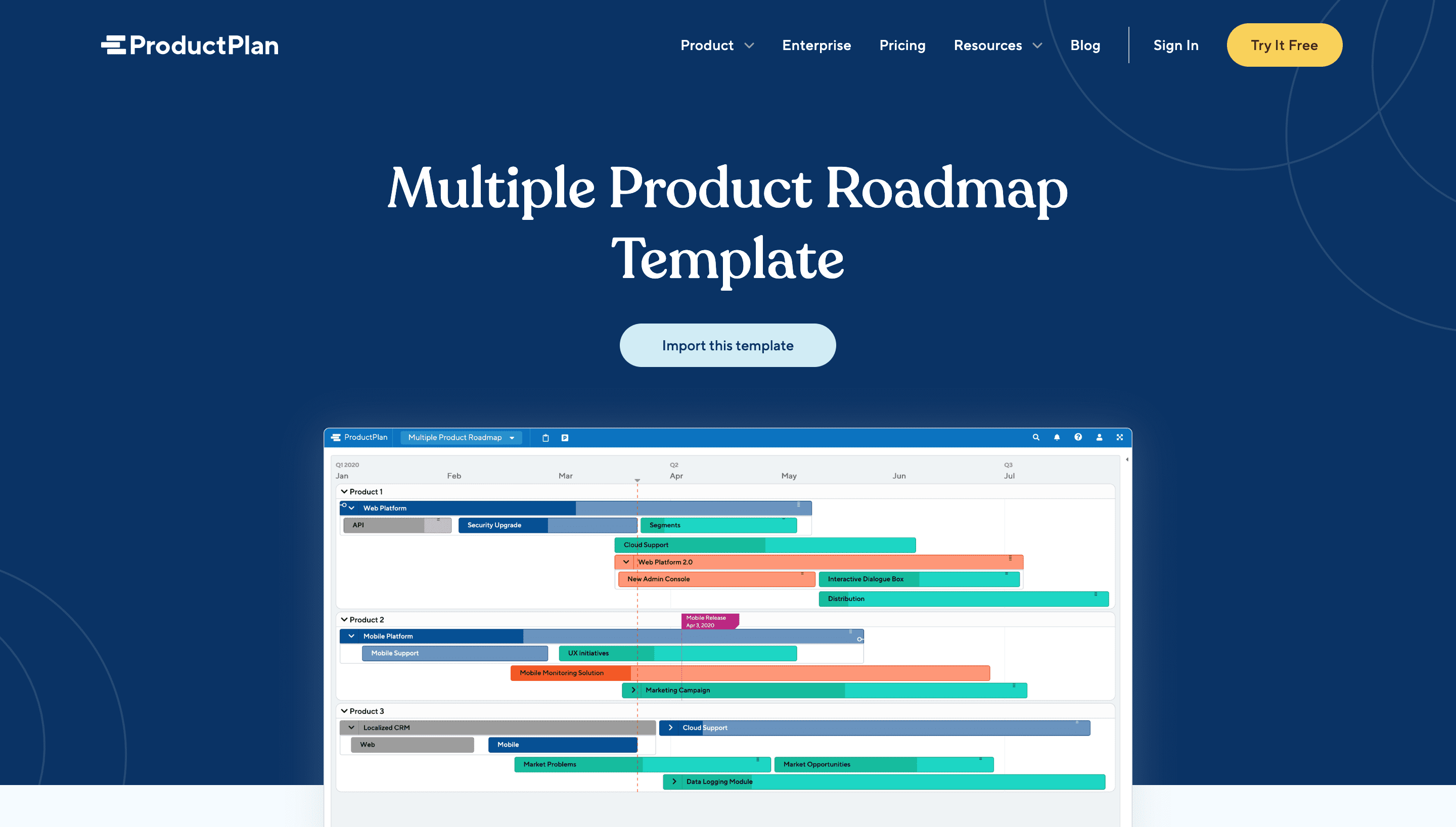
This service is great not only for roadmaps, mindmaps, and teamwork, but also for personal purposes. A number of templates for different visualizations are available.
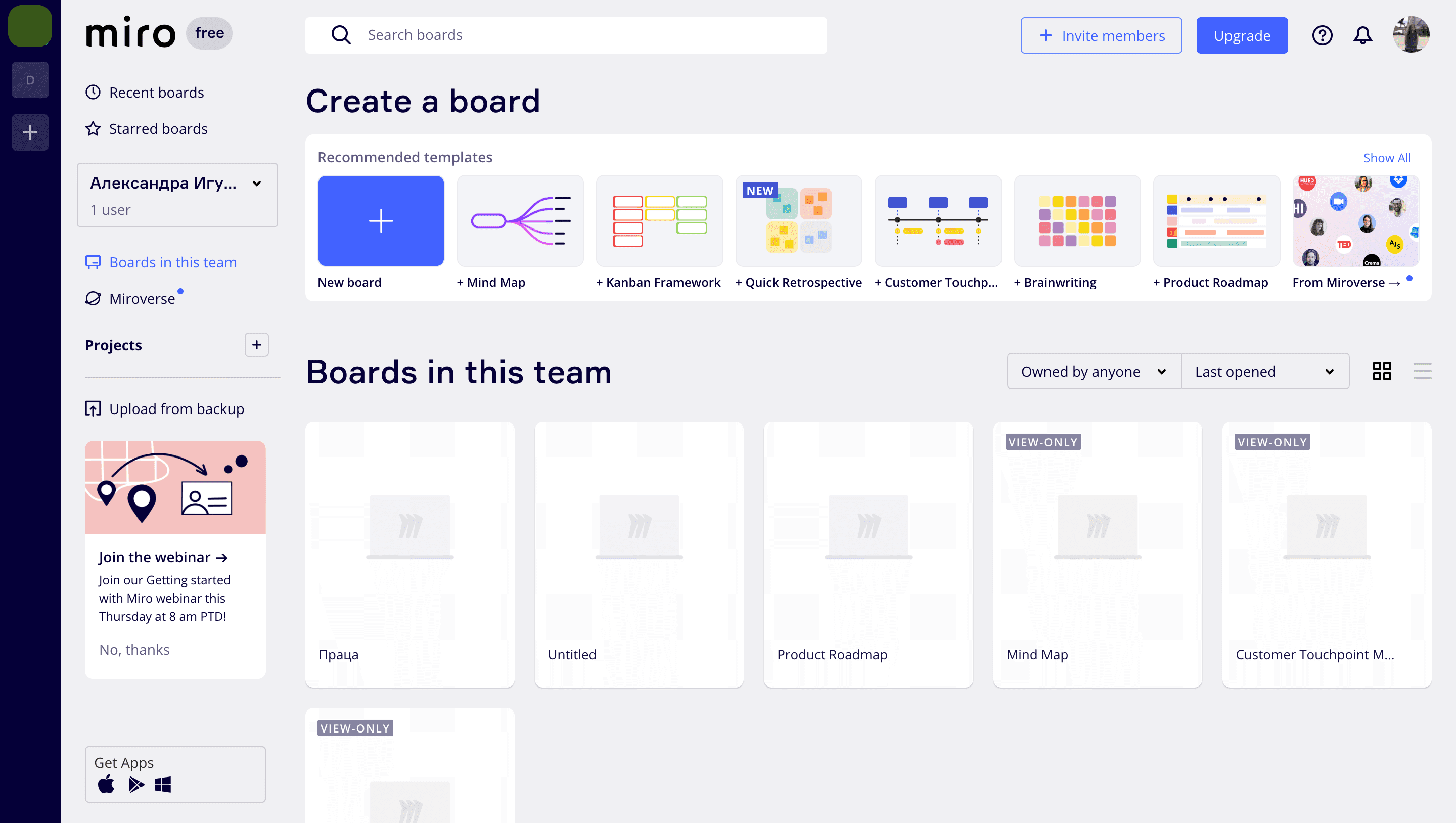
A free product for managing work tasks with unlimited cloud storage in case of a paid subscription. Here you can not only build a roadmap, but also fully manage the process of project implementation, communicate with the team, etc.
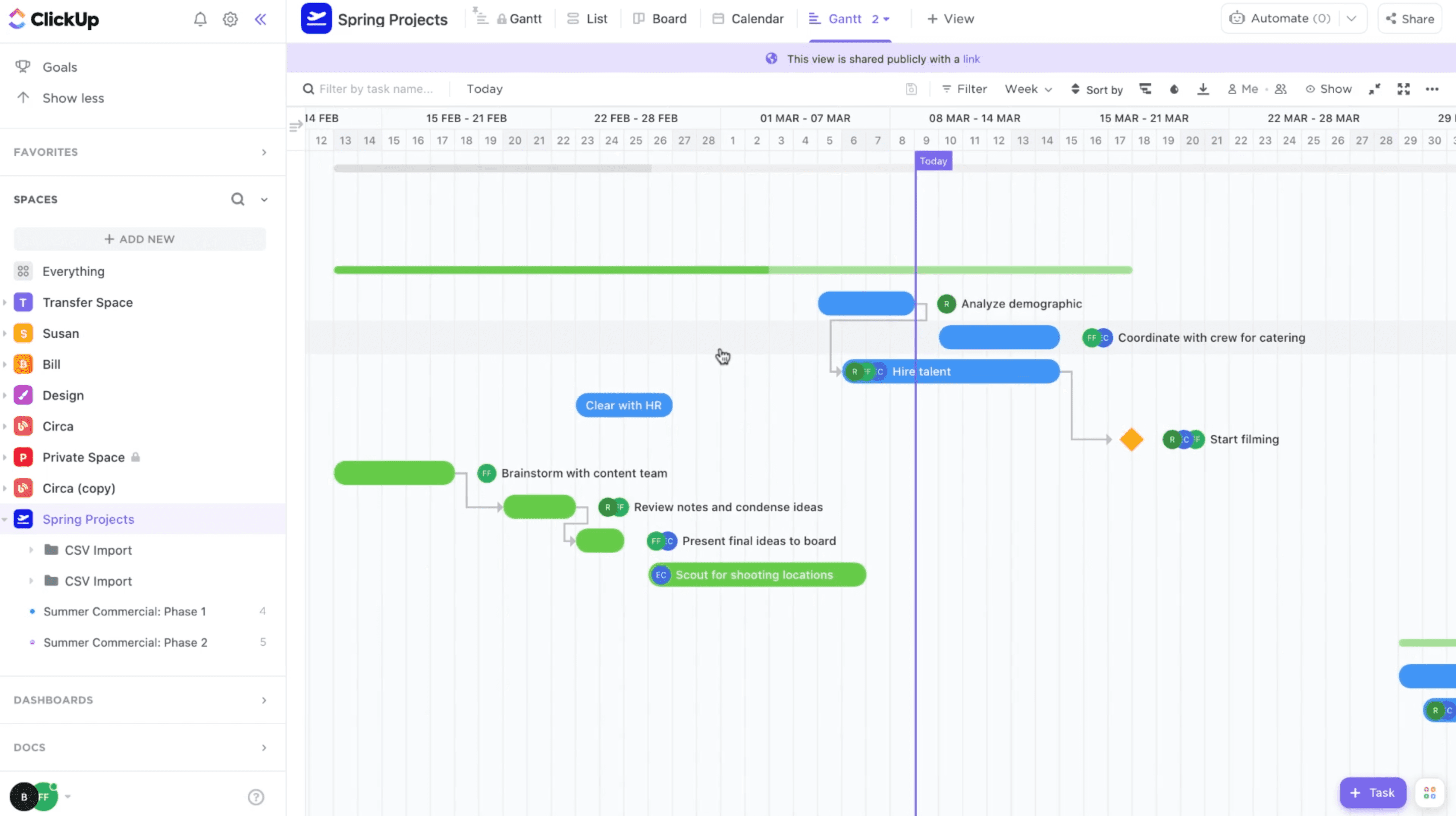
Paid service with integrations with Google Drive, Jira, GitHub, GitLab, Azure DevOps, Pivotal Tracker, Zapier and a free 14-day version. Tasking, importing csv files, and collecting analytical data are available.
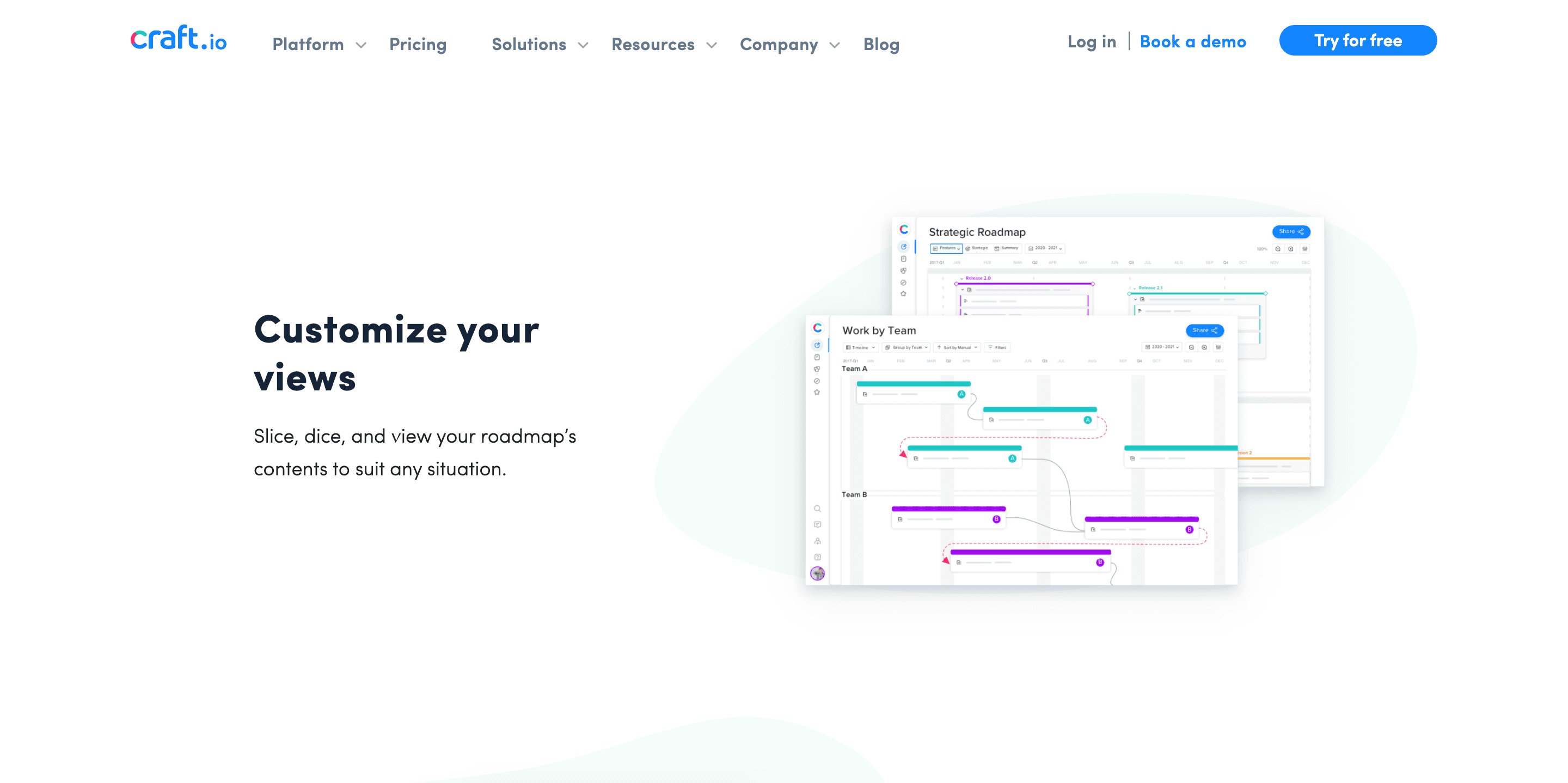
Paid service with ready-made templates (lists and roadmaps with timelines). The free version can be used for 14 days and you can invite users. It's possible to export png, csv, and html files and there is an integration with Jira. Roadmunk milestones can give you more information about project progress.
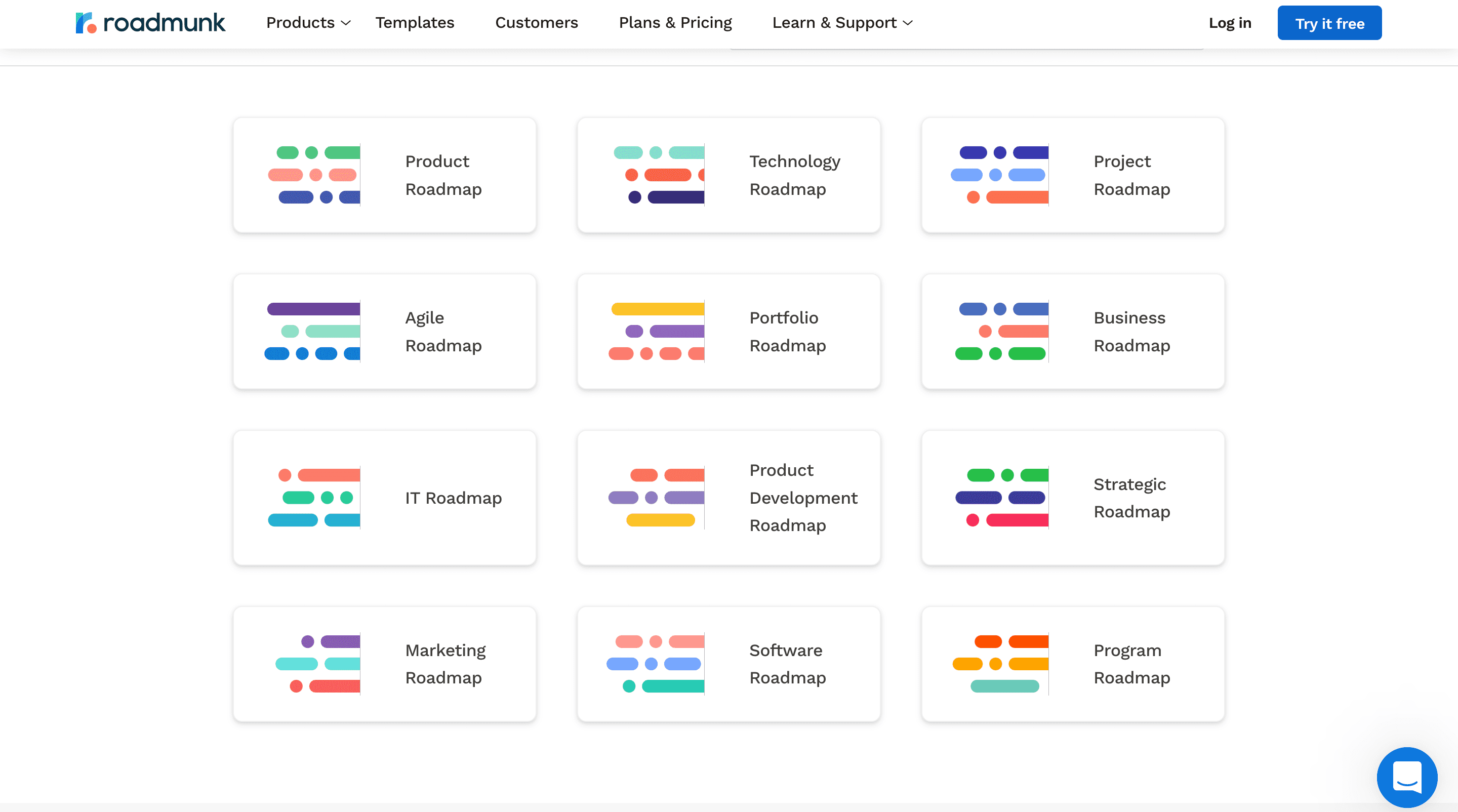
The service is available both as a web version and as an application. There are several integrations, features for creating roadmaps based on templates, and presentations based on analysis. Free version with limited functionality lasts 30 days.
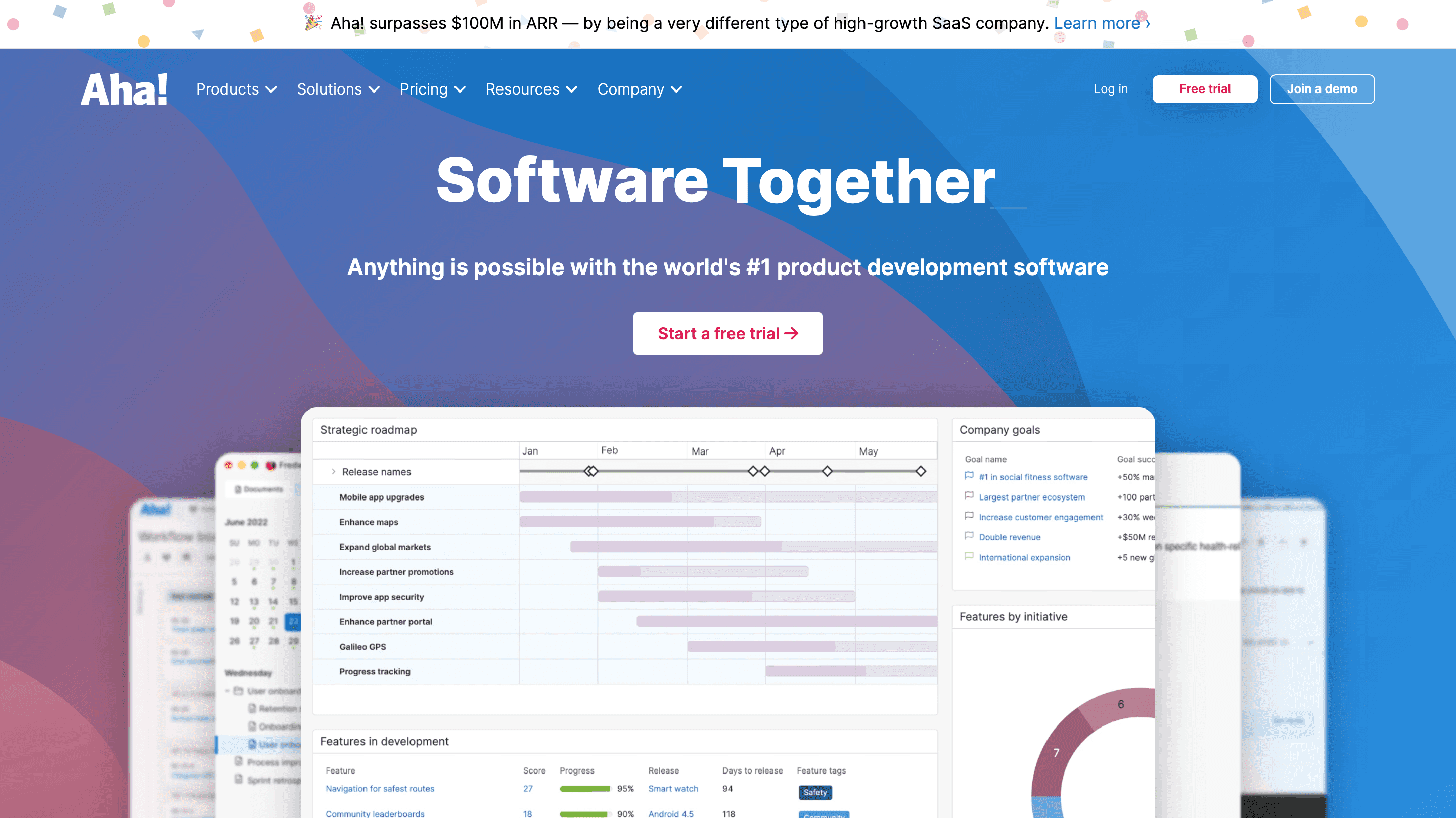
The service offers more than 100 roadmap templates. You can work in the free trial version with limited features. With the Premium mark, you can find paid templates. You can edit the charts on the site after registration.
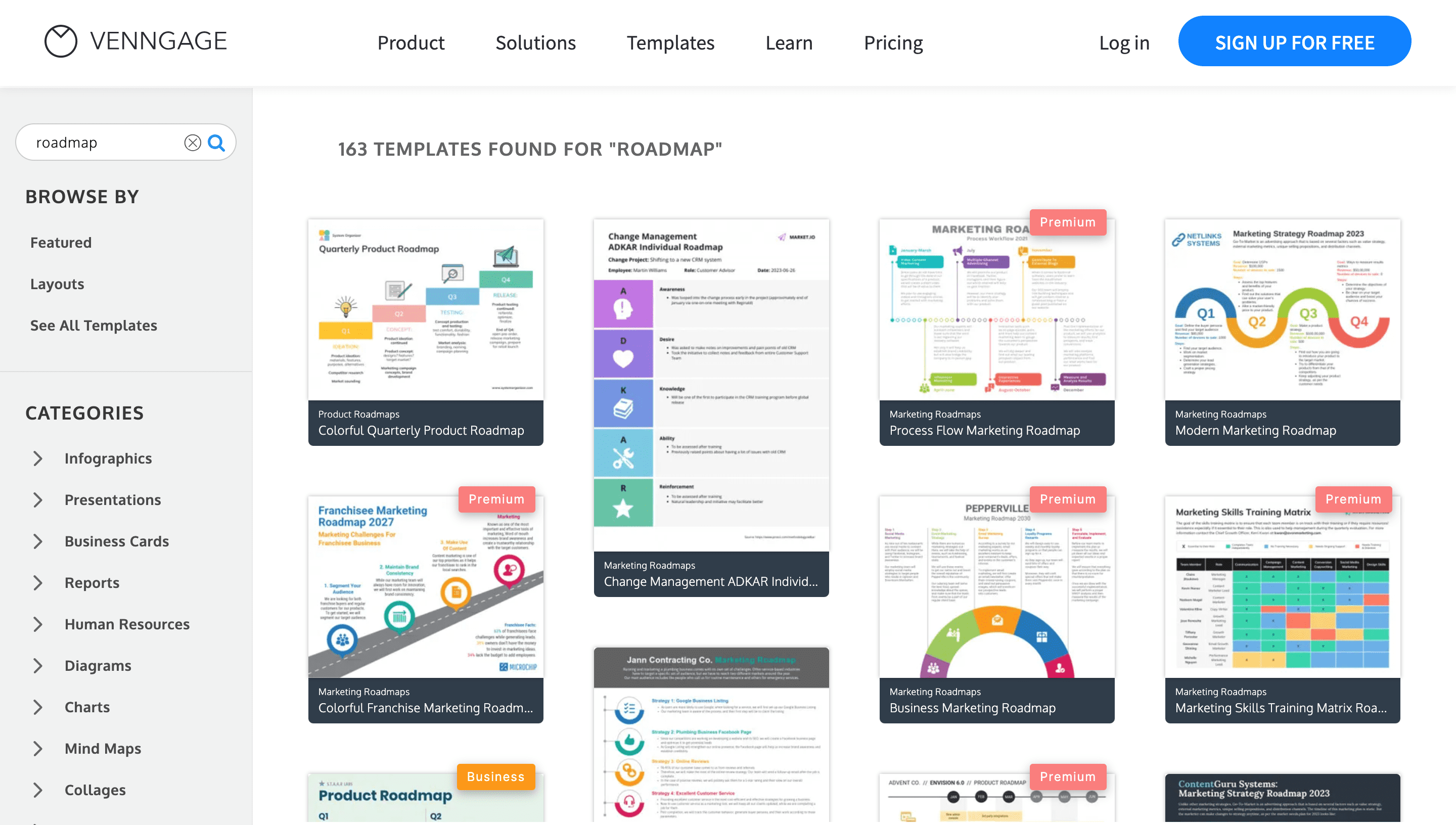
How to create a roadmap?
Before you create a roadmap, you need to:
- Decompose the project by identifying the main stages;
- Mark checkpoints (milestones) and determine the life cycle of the project (most often a year);
- Evaluate the deadlines of the tasks and their results.
As an example, let's create a project roadmap in Roadmunk. We chose a template that already has sample tasks for creating and promoting an app and an online store.
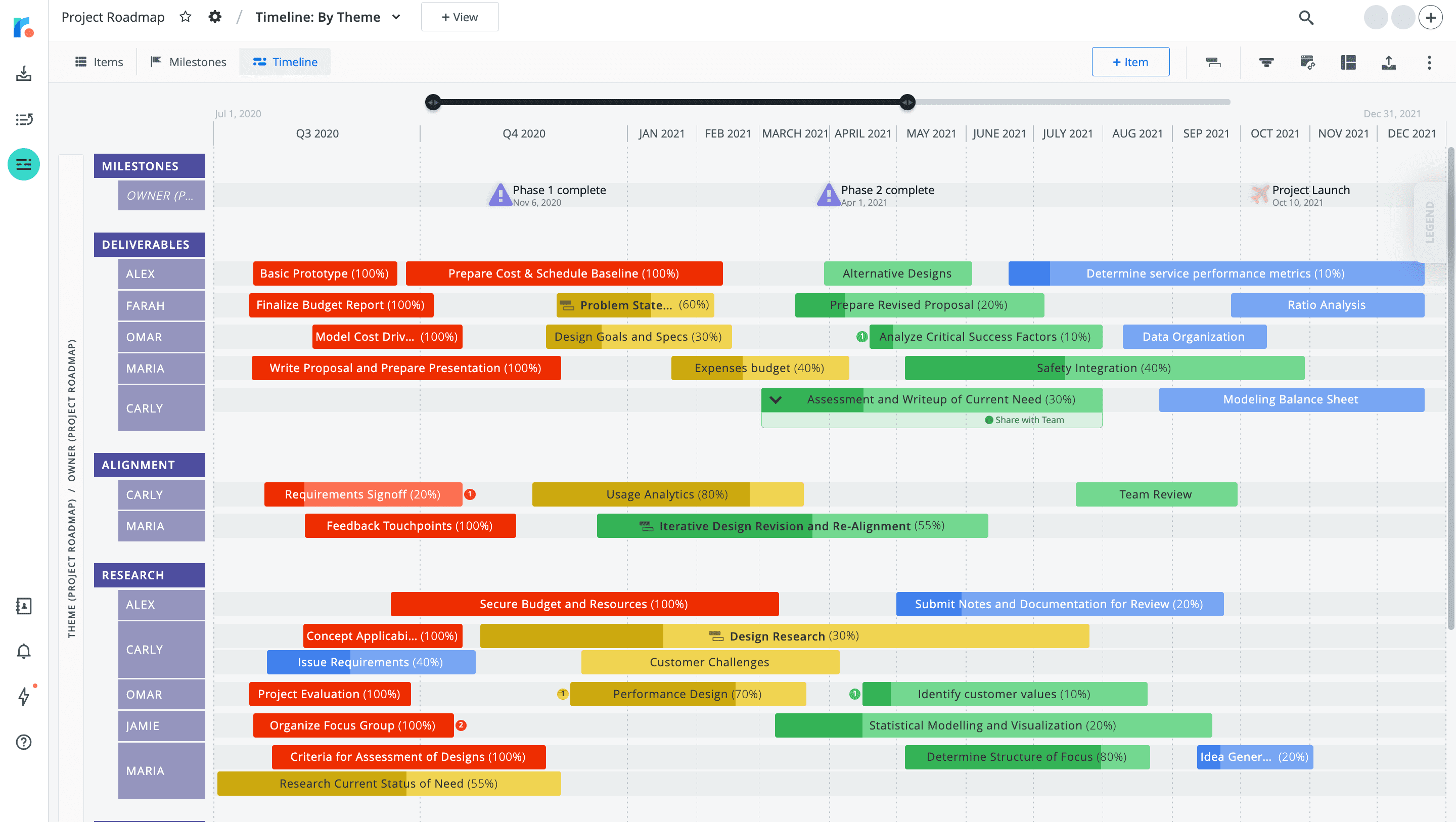
To create a new field, click "Add Value''. Then click “Create New Value”. Click at the opened window on the “Add A Value” and write the desired value in the new field. To complete the creation, click "Update Field". You can change the current fields in the same window.
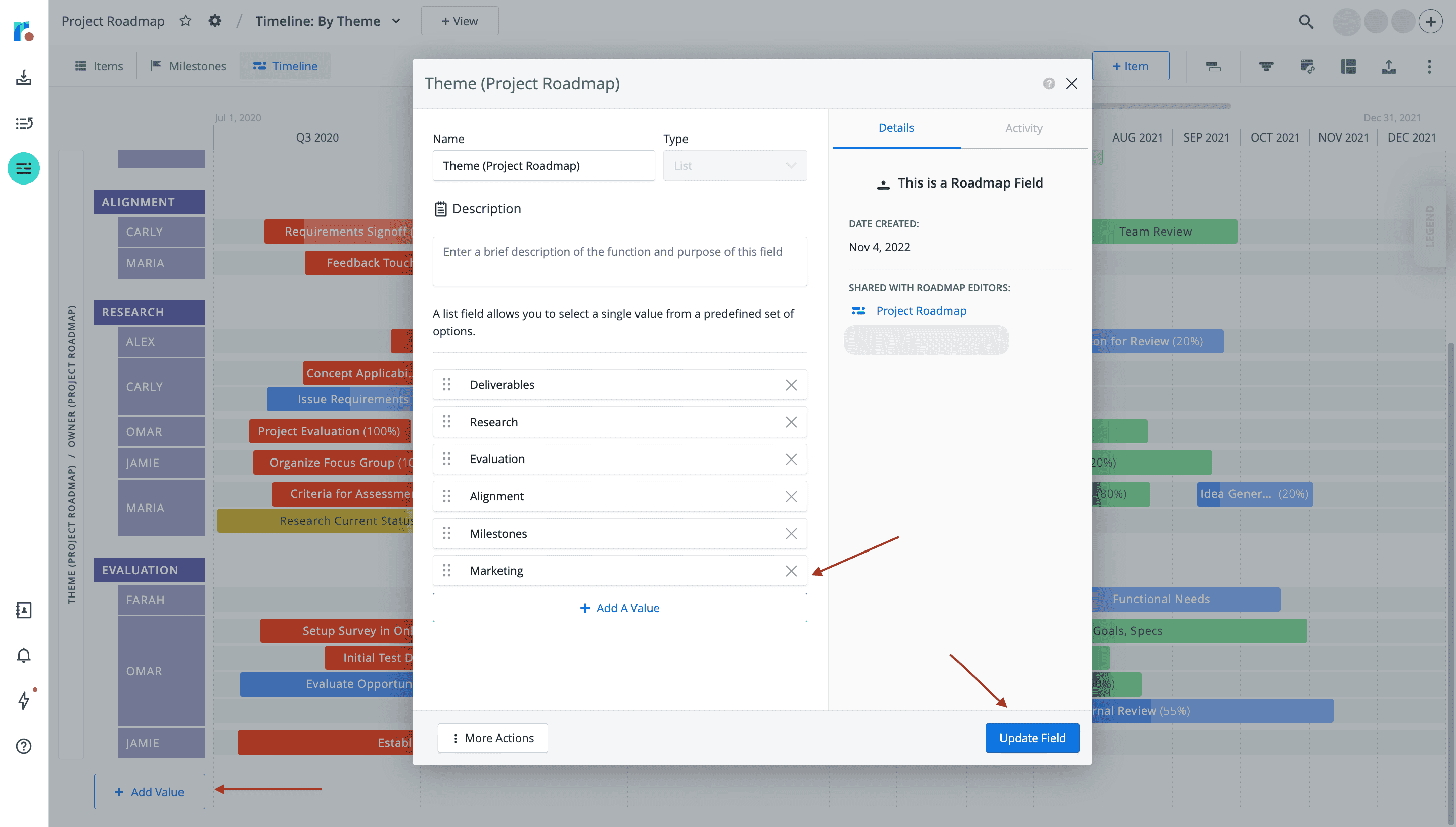
To create a task, click "+ Item" at the top, and in the window that opens, name the task. Using the slider next to the title, drag the task into the right field.
If you want to create a milestone, click on the switch in the window that opens and follow the same steps.
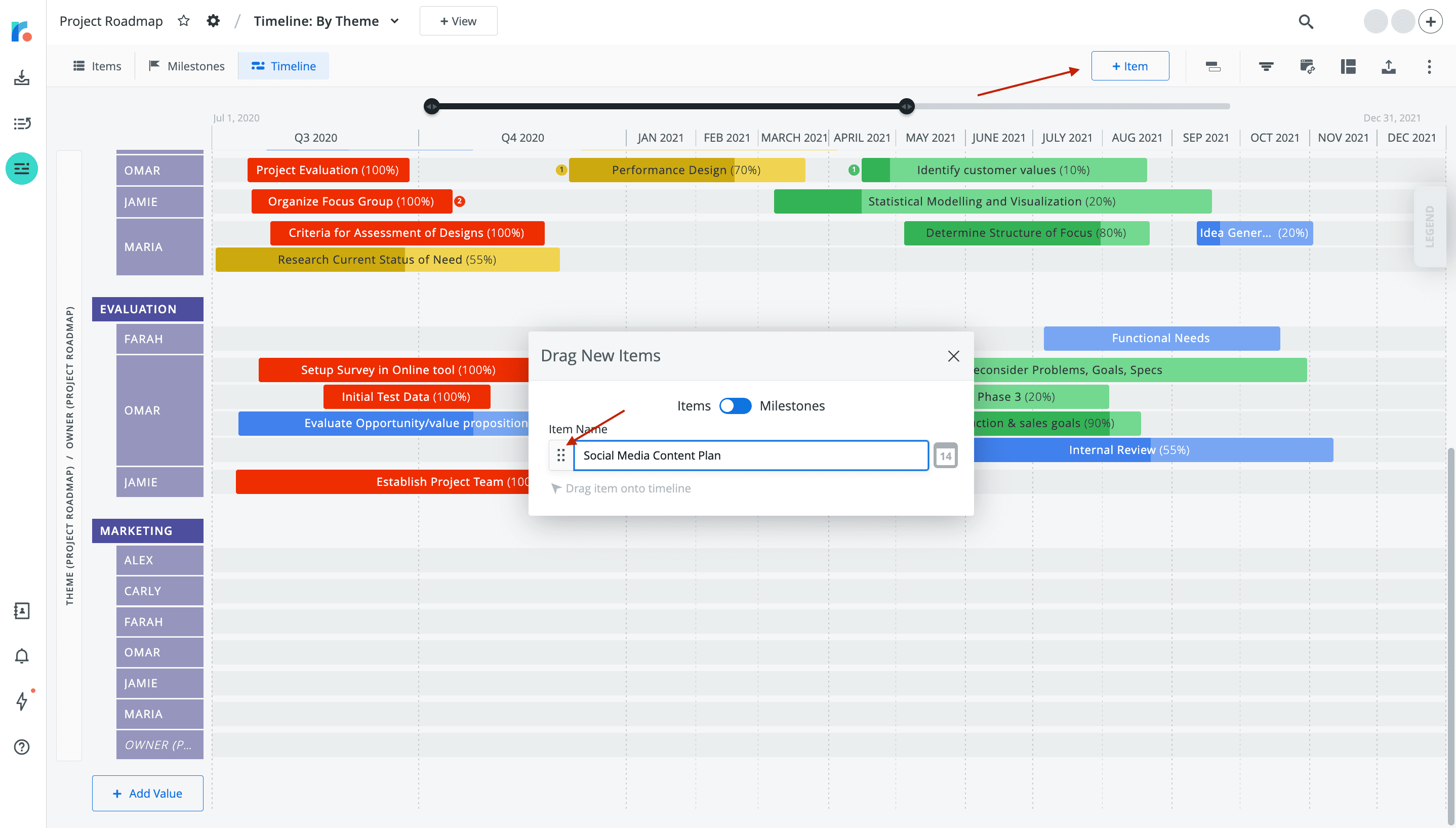
You can change the duration of a task either inside it or by stretching it across the field.
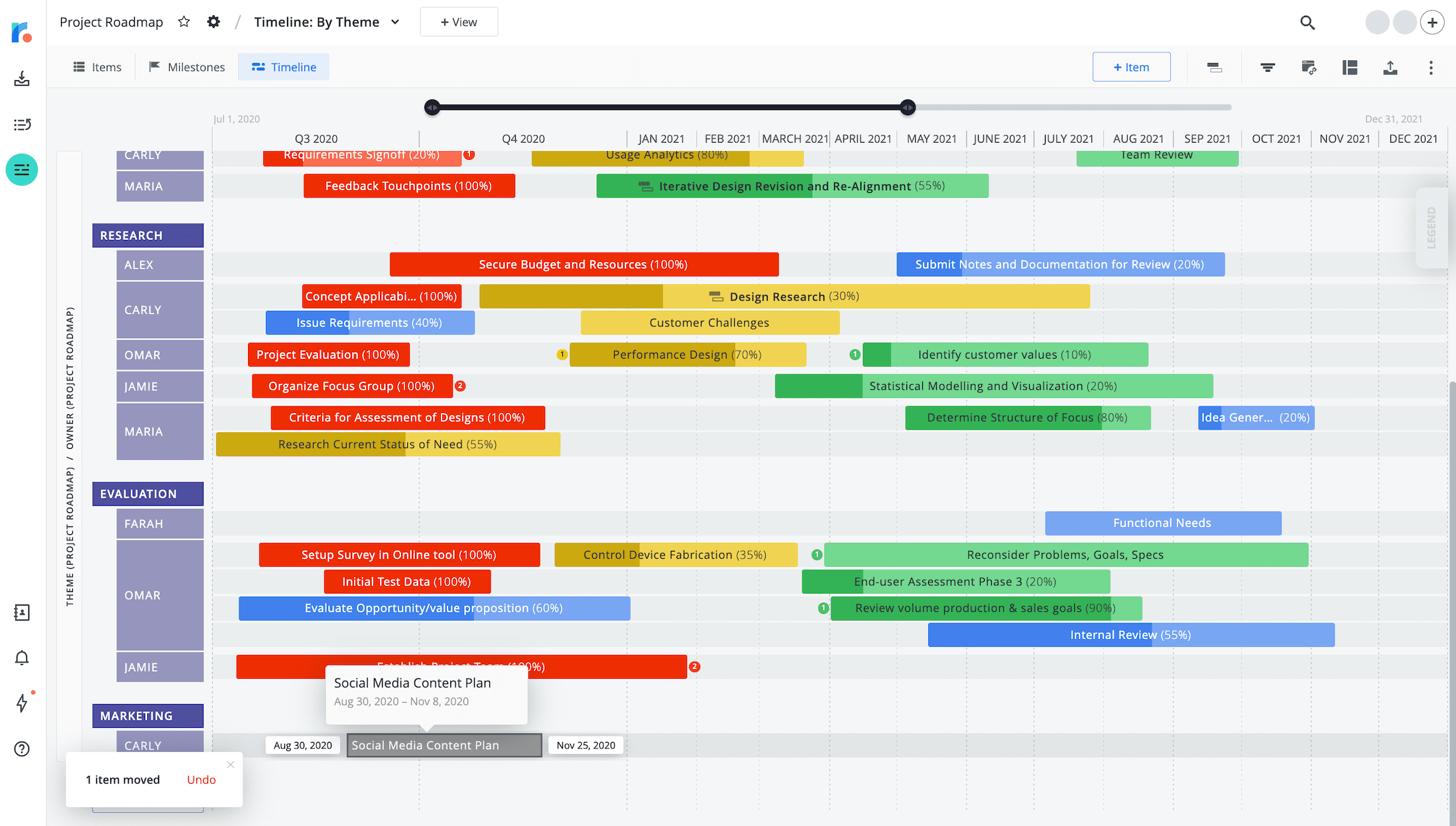
You can add a description to a task and attach documents by clicking on the task. For example, you can see how it is offered in the template task, or write something of your own.
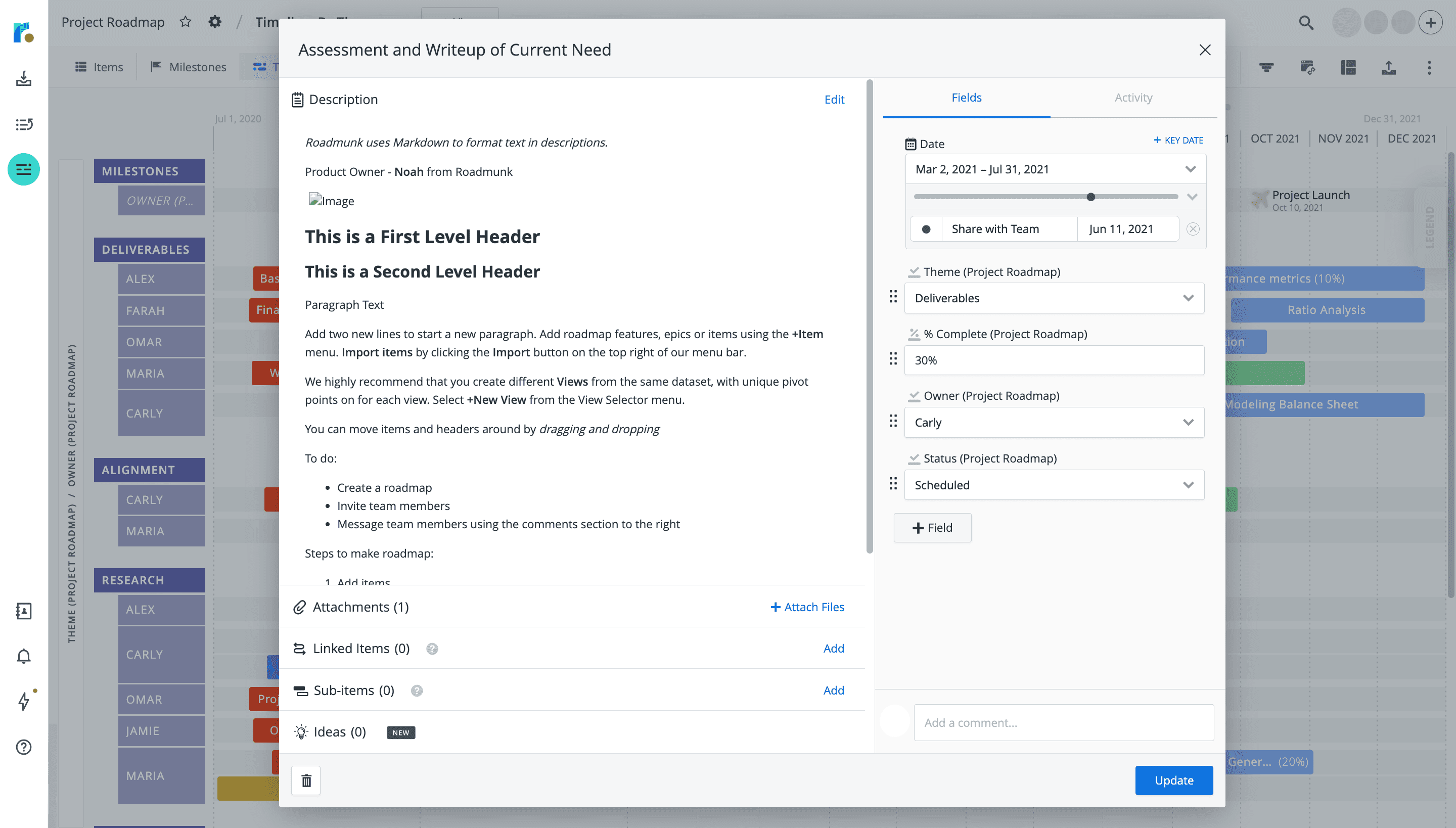
Roadmap planning is a necessity within project management. With a roadmap, you can visualize the process of work not only for executors, but also for investors, clients, project owners, and others.
It is important to remember the differences between the roadmap and the plan and to properly decompose the project before creating the roadmap.
Dedicated Server
Smooth operation, high performance, and user-friendly setup - it's all there for you.
From $9.99/mo

